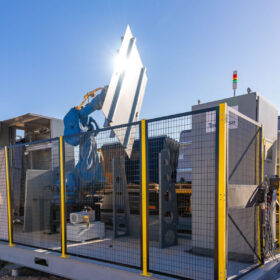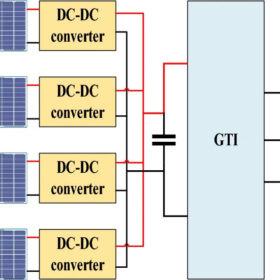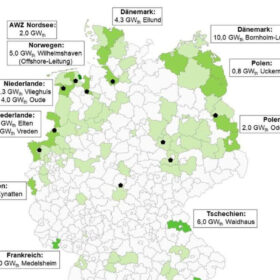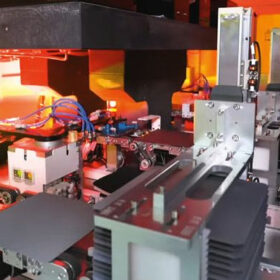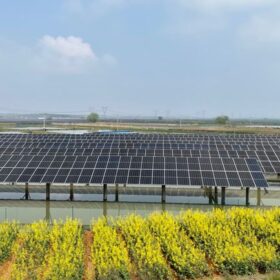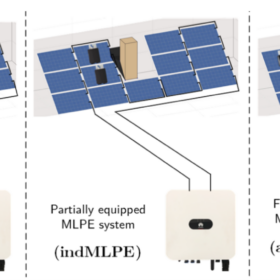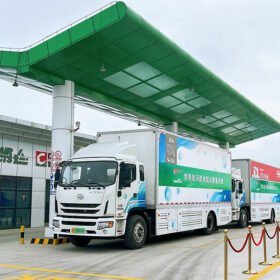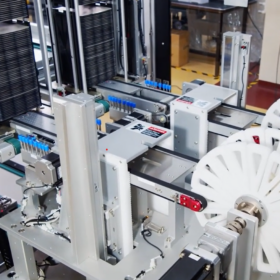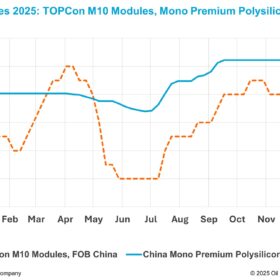Watch: Robots install solar project in Arizona desert
In its first commercial project, Terabase Energy successfully installed 17 MW of a 225 MW solar facility with its automated Terafab platform.
Weekend Read: The fruitful search for other thin films
First Solar and its cadmium telluride (CdTe) technology dominate thin-film solar in the mainstream market. Valerie Thompson looks at the US-based business and the future of thin-film PV technology.
New MPPT approach for multi-string PV systems under partial shading
Egyptian researchers have developed a multi-string PV system with a converter control strategy, achieving 99.81% efficiency with a direct duty cycle for maximum power point tracking (MPPT).
The Hydrogen Stream: FNB Gas presents hydrogen network plan for Germany
FNB Gas has unveiled plans for a hydrogen core network in Germany, while Tree Energy Solutions has started working on an electrolyzer and 1 GW of renewable energy assets in Canada.
Residential PV for urban loads as an antidote to solar curtailment
Researchers in the Netherlands have proposed the use of residential PV capacity to supply electricity to urban loads such as tram substations and dwellings, potentially reducing PV curtailment and demand for additional storage.
The overproduction conundrum
Solar manufacturing capacity has been ramping up so quickly that even impressive installation growth cannot keep pace. Molly Morgan, senior research analyst at UK-based research firm Exawatt, explores the relationship between PV supply and demand and assesses the likelihood of overproduction.
Algae photovoltaics for hydrogen production
South Korea researchers have developed a cell by merging green algae with carbon nanofibers, in order to generate 9.5 W per cell and achieve a peak efficiency of 0.9%. They claim this is enough to power a micro-generation system for hydrogen production.
South East Asia sees renewed interest in utility scale floating solar
Indonesian president Joko Widodo inaugurated a 145 MW floating solar plant in Java this week, while module manufacturer Husaun Energy said it will supply 60 MW of heterojunction solar panels for Grow Energy’s Thailand floating PV projects.
Maximizing photovoltaic system performance: Insights on partial shading and power electronics
Optimizing PV systems in partial shading conditions presents a multifaceted challenge, demanding a comprehensive understanding of the interplay between power electronics and PV technology. Shading scenarios exert a significant influence on system performance, with practical insights tailored to various shading conditions, offering guidance for stakeholders in PV planning. Collaborative efforts within the PV industry are directed at enhancing planning tools, seeking to streamline and improve the accuracy of PV system designs, and ultimately contribute to a more sustainable energy future.
Air Liquide, Siemens Energy inaugurate their gigawatt electrolyzer factory
Air Liquide and Siemens Energy have inaugurated their gigawatt electrolyzer factory in Berlin, while Air Products says it is cementing its collaboration with Chengzhi in China.
